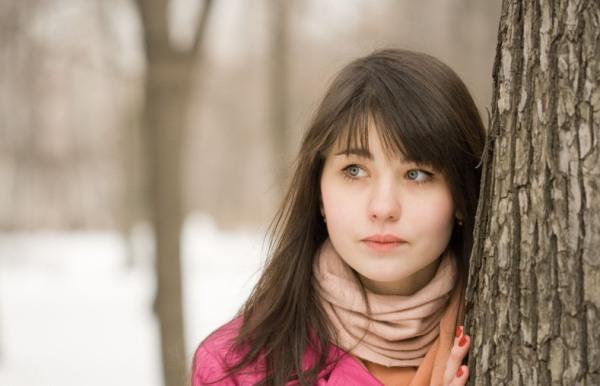
Seasonal affective disorder is a type of depression that has a tendency to occur (and recur) because the days grow shorter within the fall and winter. It is thought that affected people react adversely towards the decreasing amounts of sunlight and also the colder temperatures as the fall and winter progress. It’s important to note that although seasonal affective disorder usually presents within the fall and winter there are people who suffer from this condition during the summer rather than, or in addition to, during the fall or winter.
If you are like most people with seasonal affective disorder, your symptoms begin in the fall and may continue in to the winter months, sapping your energy and making you feel moody.
Causes
The particular cause of seasonal affective disorder remains unknown. It’s likely, just like many mental health conditions, that genetics, age and, perhaps most significantly, your body’s natural chemical makeup all lead to developing the condition. A few specific factors that could come into play include:
- The main cause of seasonal affective disorder may be the inadequate amount of bright light during the winter months. This occurs because the low light level influences the chemical element of the brain.
- A low level of vitamin D within the blood is another cause.
- It is also thought that when the normal circadian rhythm gets disturbed it can cause this disorder.
- A decrease in the production of the neurotransmitter serotonin also results in seasonal affective disorder.
- The hormone melatonin regulates the sleep pattern and mood. So, because of change in the season when the balance of melatonin gets disrupted it can also lead to this disorder.
- Though there aren’t any studies to support it, seasonal affective disorder can also be linked to genetics. Those with a household history of this disorder are more likely to have it.
Symptoms
In most cases, seasonal affective disorder symptoms appear during late fall or early winter and disappear during the sunnier days of spring and summer. However, many people with the opposite pattern have symptoms that come from spring or summer. Either way, symptoms may start out mild and be more severe as the season progresses.
- Depression: misery, guilt, loss of self-esteem, hopelessness, despair, and apathy
- Anxiety: tension and wherewithal to tolerate stress
- Mood changes: extremes of mood and, in certain, periods of mania in summer and spring
- Sleep problems: desire to oversleep and difficulty staying awake or, sometimes, disturbed sleep and morning hours waking
- Lethargy: feeling of fatigue and wherewithal to carry out normal routine
- Overeating: longing for starchy and sweet foods leading to weight gain
- Social problems: Irritability and require to avoid social contact

Seasonal Affective Disorders
Therapy
Light Therapy
This is actually the most common and best treatment of seasonal affective disorder. Within this treatment, the patient is made to sit several feet away from a light therapy box, and also the patient is exposed to the intense light. By mimicking the outdoor light, this therapy forces a general change in the brain chemicals that are associated with mood.
Psychotherapy
Since the mood and behavior are specifically affected in this disorder, so psychotherapy can be helpful. This therapy can help the individual identify and change their mental poison and behavior.
